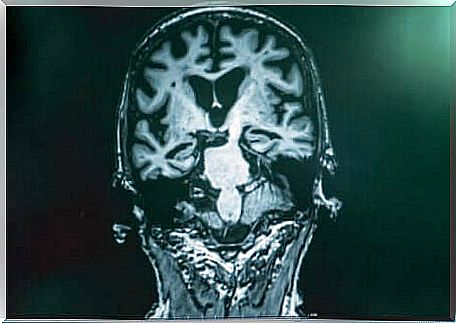Doctor Francisco Lopera And His New Method For Treating Alzheimer’s

There are currently five different research projects to develop drugs that can treat Alzheimer’s disease. Four of these are being developed in the United States and one in Colombia. The latter is led by Dr. Francisco Lopera, who has made fantastic progress in the 30 years he has studied the disease.
Unlike the work of other researchers, what Dr. Francisco Lopera has done has resulted in a new way of tackling the disease. This is partly due to luck, partly due to his incessant search. The method is linked to genetic peculiarities that he discovered in one of his patients.
Alzheimer’s is a form of dementia that causes a lot of suffering both for those affected and for their families. The gradual loss of memory and various skills means a slow disappearance of one’s identity, life project and will to live. There are many people around the world waiting for, if not a cure, then at least a more effective way to treat Alzheimer’s than what is currently available.

Dr. Francisco Lopera and his research
Francisco Lopera leads a research project in which he collaborated with the National Institutes of Health (NIH) of the United States, the Banner Alzheimer’s Institute (in Phoenix, Arizona), the biotechnology company Genentech (in South San Francisco, California) and more recently with experts from Massachusetts General Hospital and Schepens Eye Research Institute. The research group is based at the University of Antioquia, Colombia.
He has spent a lot of time trying to develop a treatment for Alzheimer’s. Researchers have made great strides, but the pharmacological products currently on sale have limited effect. For this reason, research has for some years now been focused on prevention rather than cure the disease.
At present, good methods for early detection are being developed. But these are sophisticated procedures that not everyone has access to yet and that so far only research groups use. However, they will probably soon be available to everyone and this is a big step in the development.
A new path for research
Dr. Francisco Lopera has opened a new path for research. Hopefully, this will give doctors better opportunities to treat Alzheimer’s. It all started in 1984, when Lopera underwent her specialist training in neurology. He was visited by a patient who was only 47 years old and was already in an advanced stage of the disease. When he investigated the case further, he learned that the patient’s father, grandfather and uncles had all gone through the same thing.
This led him to do a genealogical examination of the family. In this context, he found the first family group with an inherited form of Alzheimer’s disease. As a researcher, he later found two other families with the same characteristics. Eleven years after he made his first discovery , his working group was able to prove that it really was Alzheimer’s and that the disease in this case was caused by a gene mutation.
Over the years, new cases were discovered. And all of these exhibited the same characteristics. They called it ” paisa mutation “, because there were no other references to this in the whole world. Paisa refers to a specific ethnic group living in the Andes in northern Colombia.
However, the truly astonishing part of this study had not yet emerged.

New methods for treating Alzheimer’s
Dr. Lopera explains that in Alzheimer’s , a kind of accumulation of “debris” forms in the brain. This consists of a protein called amyloid. Fragments of this stick together and form a kind of “glue” that attaches to the nerve cells and gives rise to various functional disorders in the brain. The other part of this “junk” is the rope , which encloses the nerve cell, “locks” it in and kills it. Rope is more harmful.
Now it happened that one of the patients that Dr. Francisco Lopera treated belonged to one of the families where the mutation took place and she developed this herself. But unlike her relatives, she did not develop the disease at an early stage. In fact, her first symptoms did not appear until she reached the age of 70. Her case was completely exceptional and therefore the research was focused on her.
After careful examination in Boston, the experts found that the patient’s brain was filled with amyloid, and even more so than in other cases. However, she had very little rope . The research made it possible for them to confirm that in this particular patient there was another mutation that inhibited the production of tau and it was this that delayed the course of the disease.
The journal Nature has published an article that has opened up completely new research opportunities for treating Alzheimer’s. Experts believe that on the basis of the information obtained from this patient , one could develop gene therapy that involves reproducing the genetic information in other individuals. Experts are also considering developing drugs that mimic the mechanism behind the protective mutation.









